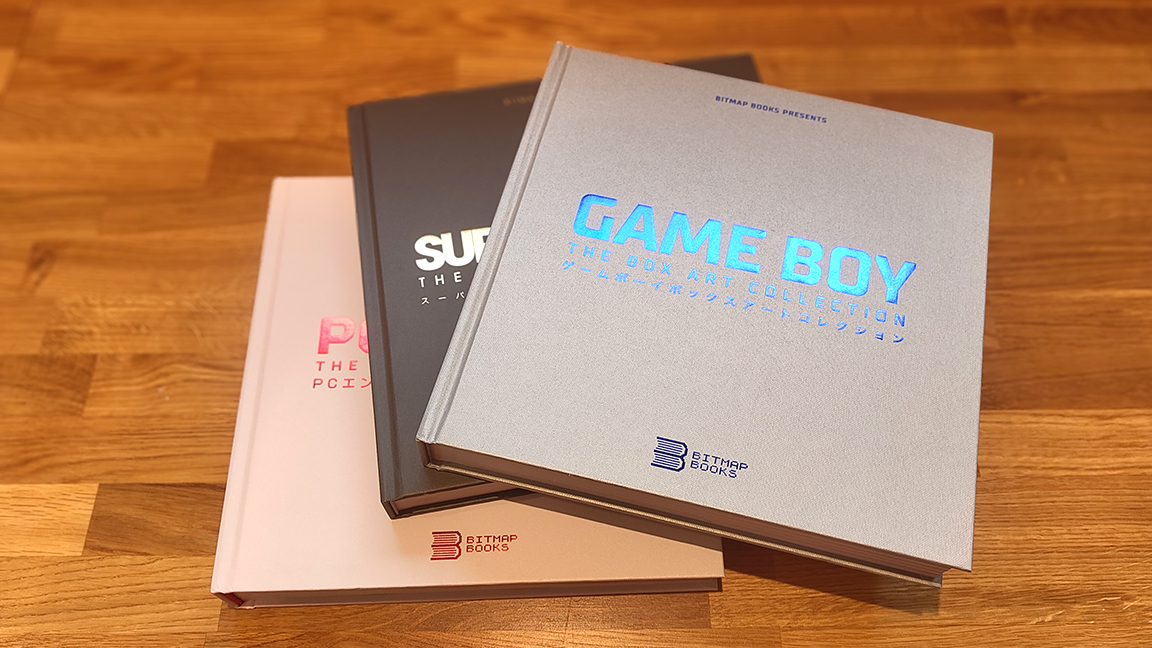
"I've sort of accidentally created something quite good here," understates Sam Dyer, founder of Bitmap Books, as we sit down to chat about the latest art book, The Art of the Box and his mini publishing empire.
If you love retro gaming, classic game art or just curious about how and why the gaming got to where it is, a billion dollar industry that dwarfs music and cinema, well, Bitmap Books has a title for you. You can find some of the recent releases in my guide to the best game art books.
Bitmap Books was founded in 2014 and has since released 26 books, each focused on a niche aspect to retro gaming, game art and gaming history; PlayStation 5 creator Mark Cerny offers a foreword in Sega Master System: a visual compendium, while legendary developers Tim Schafer and Ron Gilbert drop in to offer reflections in The Art of Point-and-Click Adventure Games. Each book is lovingly designed, curated and takes vintage gamers on a nostalgia trip.
Below Sam Dyer shares his journey from frustrated designer to publisher, reflects on the pros and cons of using Kickstarter and shares why The Art of the Box has been such a personal surprise, with a realisation artists haven't always been valued. If you're an artist and want to get involved, Bitmap Books is always on the hunt for new ideas; pitch you book to Bitmap Books' submissions website.
Bitmap Books: my favourite three
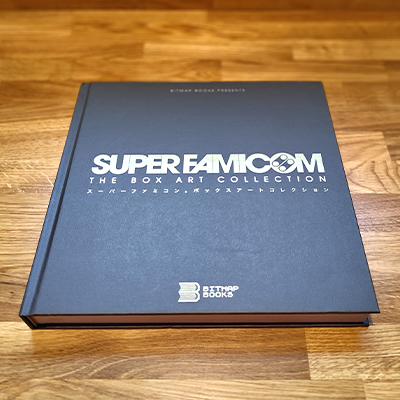
Turn the clock back to the 1990s and celebrate the best Super Famicom box art. This book features 250 professionally shot photos of iconic and rare Japanese game boxes.
The game boxes have been sourced by super collector Stuart Brett and the book's editorial overseen by Edge launch editor Steve Jarratt.
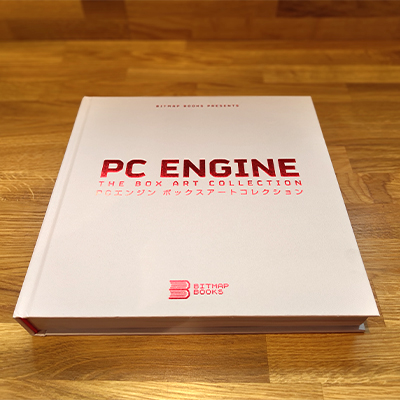
Bitmap Books created unique compendiums of game and game box art, and its collection of PC Engine box art illustrations and photos is a must-read for retro game fans.
This 372 page book features professional photos and art that charts one of the 1980s and early 1990s most innovative trends in commercial art and design. This is a real gem.
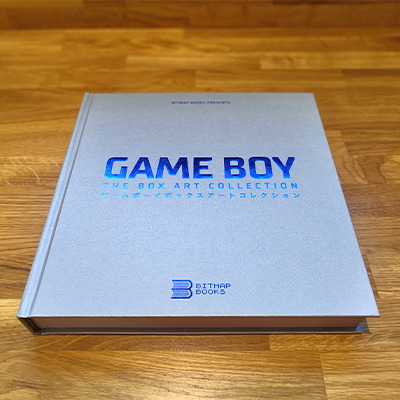
This At 372 page hardback book of collected Game Boy box art featuring scans and professional photography of known and rare titles to release on Nintendo's handheld console.
The book features contributions from respected collectors as well as a foreword from Gameboycameraman, collector's interview and Japanese translated content.
Bitmap Books: Sam Dyer interview
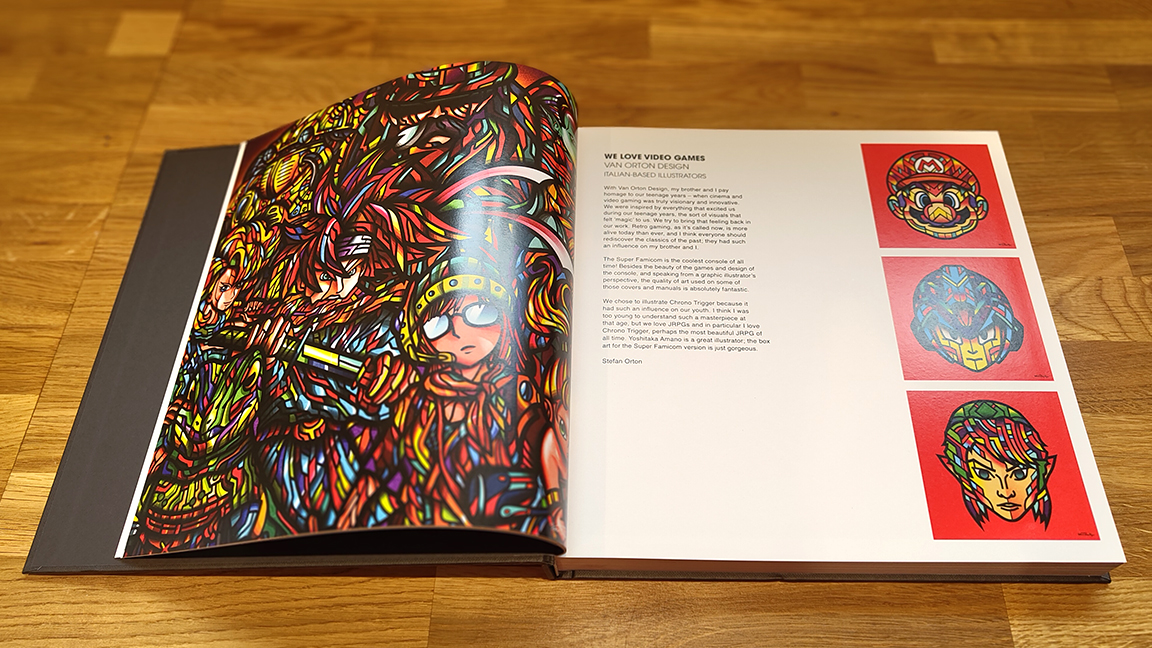
How did you get started in art book publishing?
Sam Dyer: I just started playing around in the evenings and weekends with some ideas and then settled on the idea of doing a book on the Commodore 64, because that was my first love; the graphics are just beautiful, it looks so cool in a book.
That's really where it started, just playing around and started putting some feelers out within the community that I was thinking about doing this book. It was met really positively and it just sort of encouraged me really to keep going with it.
Then I got to the sticky point of how am I actually going to make this book? Because I didn't know if anyone was going to buy it. At the time, there was quite a lot of people using Kickstarter, and it just seemed perfect because in a way it removes the financial risk. So I produced a pitch, launched a Kickstarter, and I think the initial book had about 950 backers after a month.
I was like, 'wow, that's amazing', obviously. And I made that book and then people were like, 'so what's the next book?' And I was like, 'I haven't really thought about that'. I hadn't planned on creating a publishing company or a range of books.
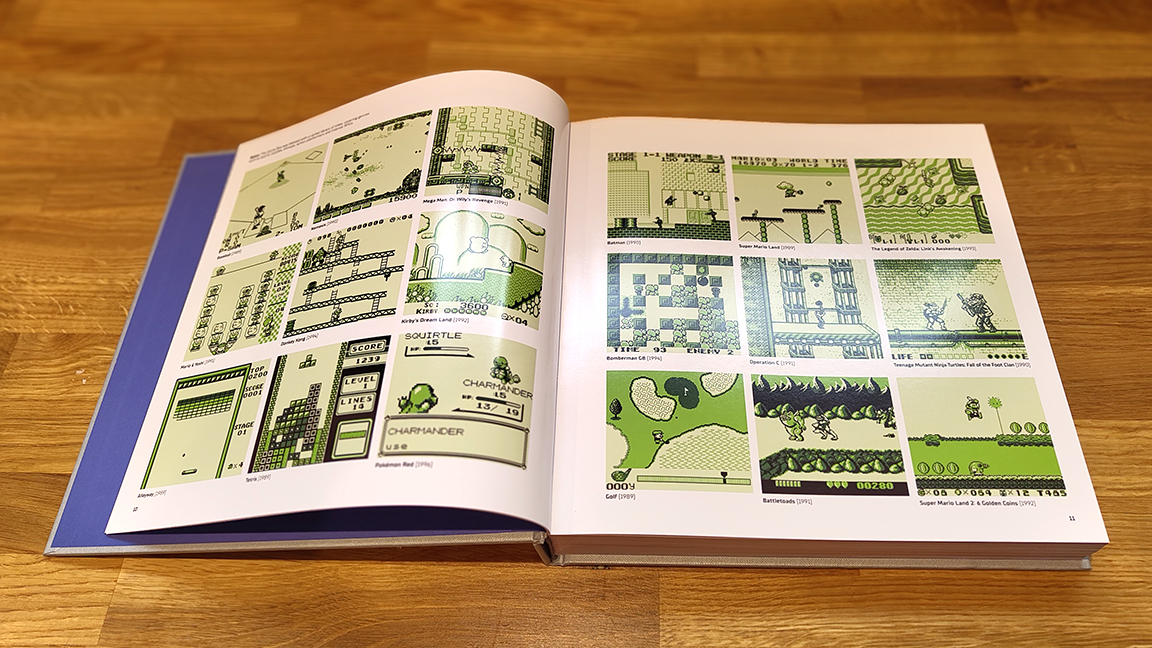
If you did it again, what would you change?
Sam Dyer: Some of the things that I would probably change are, for example, with Kickstarter; you can produce different tiers that people back, so you can say the book and a poster, the book a badge I created, I got a bit overexcited and created loads of tiers - the book and some postcards, the book and you got a game, and then the book and this, that and the other.
It was all great at the time. And those sorts of things are really good for making the campaign quite attractive for the different elements and also good for social media. But then when it actually comes to the fulfilment, it makes it into a bit of nightmare.
So in hindsight, I probably wouldn't have done that many different tiers, but as I said, a lot of people at the time were raving about that; they loved all those side things.
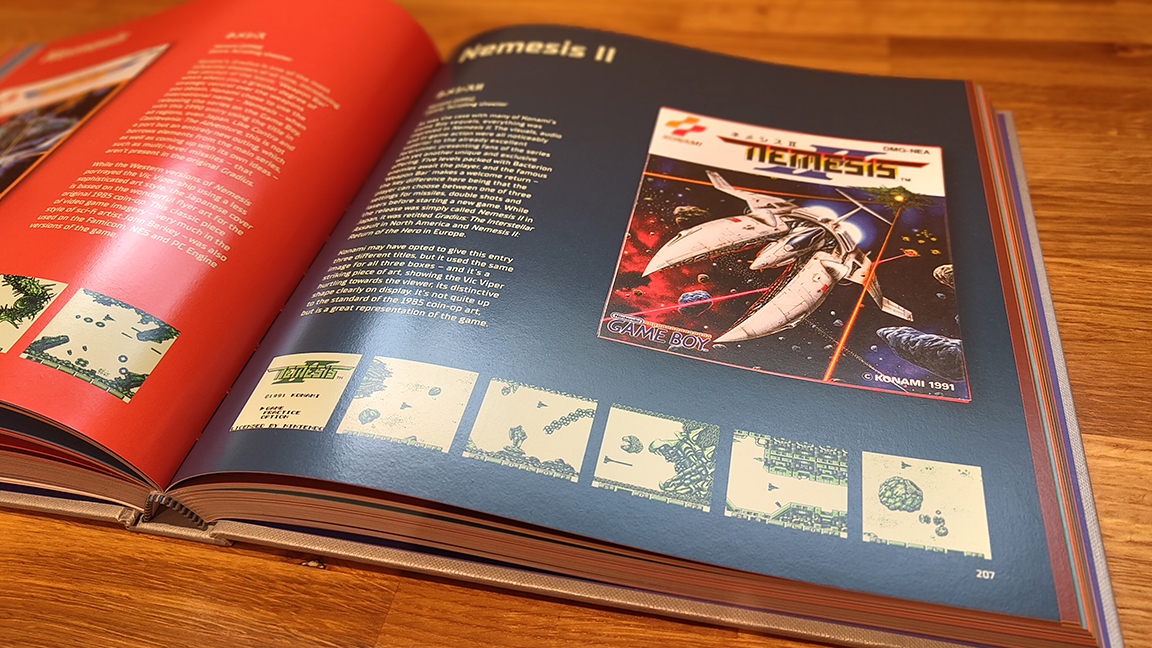
So, you'd still use or recommend Kickstarter?
Sam Dyer: It does have its downsides, so from a financial point of view they probably used to take about 10% to 15% of the net proceeds, which is fine when you're doing a project and you can budget it in. When you start getting a bit more established, that's a huge chunk to give away.
But it's the marketing as well, because there's something about Kickstarter that I think it has a bit of a sense of urgency behind it. I think people tend to think, 'oh, I better get that now'. Whereas I think when you just sell something directly from your website, people will think, 'oh, I could get it now, but I can just wait until Christmas and get it when it's on sale'. So yeah, I think I probably would definitely, I don't think I'd change anything in that sense.
Did you make money on that first book?
At the time it wasn't a moneymaking thing because I didn't know if it was going to make money. The way it was costed on Kickstarter was to just cover the costs. Being honest, I was sort of learning as I was going along. So it was really just a case of, 'I'd love do a book on the Commodore 64, there isn't one that exists, so I will make one'; basically, it's as simple as that.
Kickstarter enables creative people to indulge in their passion projects and you've just got to hope that there are other people out there that are into it as much as you are.
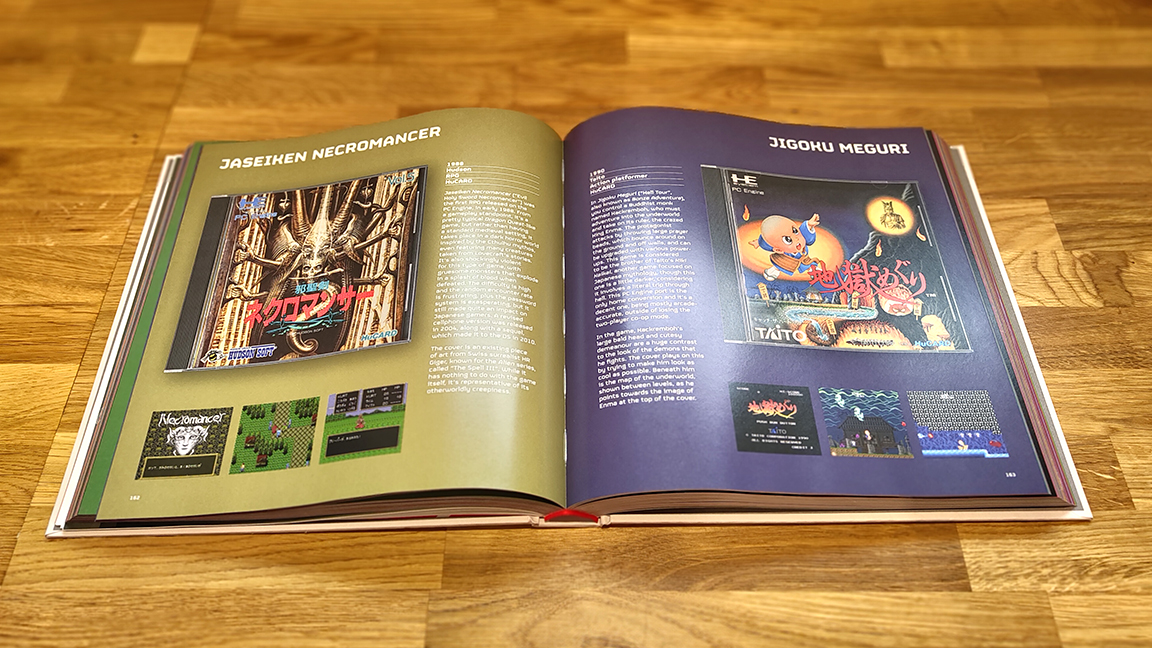
How many books have you made?
Sam Dyer: Bitmap Books has 26 books to date. I probably could do a book a month if I wanted to, or every couple of months, and employ lots of designers and pump out the books, but I've never wanted it to be like that because it would just feel like I'm churning them out.
The way I'm doing it at the moment, sort of like two or three a year, maybe four sometimes, is that I get to really craft them. The time spent on them means they're not rushed. I think that comes across in the design that it looks really considered. I just never want to be in a position where it feels like it's churning. I think the customers wouldn't like that either because they wouldn't feel special and at the moment people look forward to us releasing a book.
Which book are you most proud of?
Sam Dyer: I'd say the book I'm most proud of is the Metal Slug book that we did with SNK, that or the King of Fighters book with SNK, just purely because looking back on it, there was quite a lot of pressure to produce on those books because they were officially licensed through SNK and those two properties, particularly the King of Fighters, it's like they're jewels their crown.
And the fact that we were trusted. I'm really proud of what we delivered and it's a really exhaustive history book. The biggest thing for me was the fact that the difference was the level of research required that was needed to produce books like that because you're dealing with fans that know insight out, that know where to hide. You can't put something substandard out. It'll get found out in minutes.
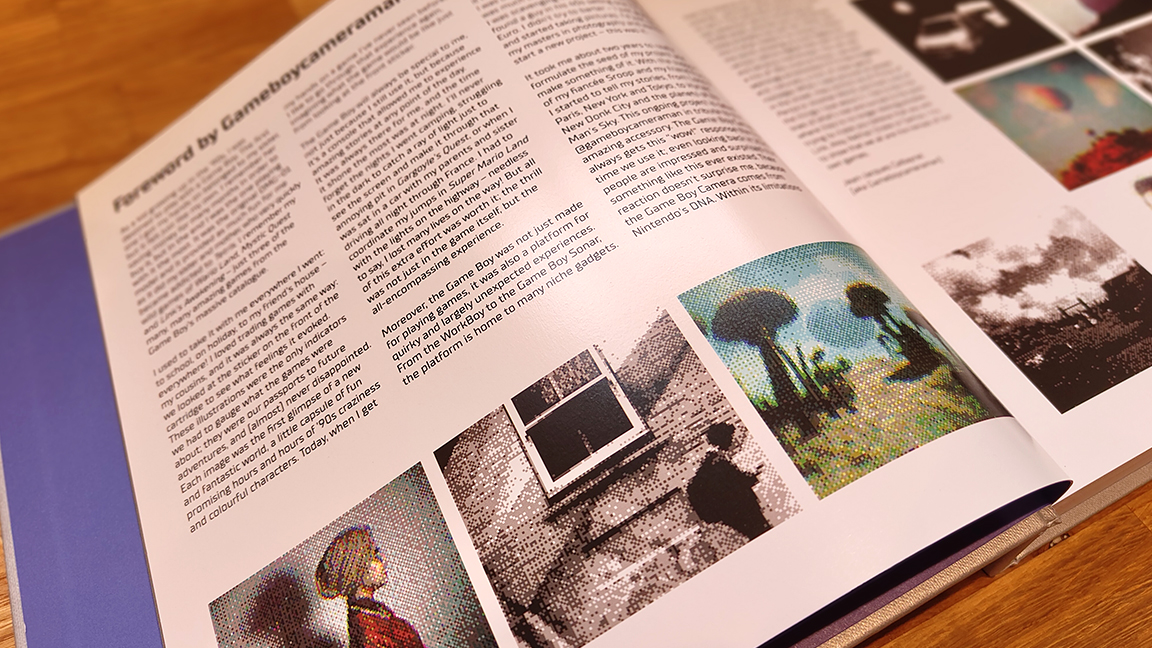
Which book has been the hardest to make?
Sam Dyer: I'd definitely say the latest book, which is called The Art of the Box. So conceptually, I love the idea of it. I wanted to produce a book that shone a light on the game artists, so the people who actually painted the boxes back in the day. So not anyone who made the games, literally the people who painted the game boxes.
We all remember going into WH Smith and Boots and seeing a wall of games and we didn't have the internet back then, so we made our buying decisions based on the cover.
The joke is that the art often didn't match the game; you can imagine some fantasy scene with this big battle and rich detail and you get home and the game's just a few coloured pixels. And these people had to sell the games however best they could, so what I wanted to do is produce a book that really highlighted the artists.
Is it important to celebrate these box artists?
Sam Dyer: I don't think it's been done before. They are so talented and they literally had nothing to work with except a screenshot or a bit of blurb and they produce some amazing art, and why shouldn't it be considered as art?
I feel like it's not taken seriously in that sense as art. So it was actually a book I did with Steve Jarrett [launch editor of Edge Magazine and former editor of Creative Bloq's sister magazine, 3D World). The plan was that Steve was going to interview the artists and we were going to profile them one by one and then include the art, which sounds quite simple when you say it like that, but actually it's one of the most challenging books because the book grew and grew and grew, we have 26 artists and then also Japanese artists as well.
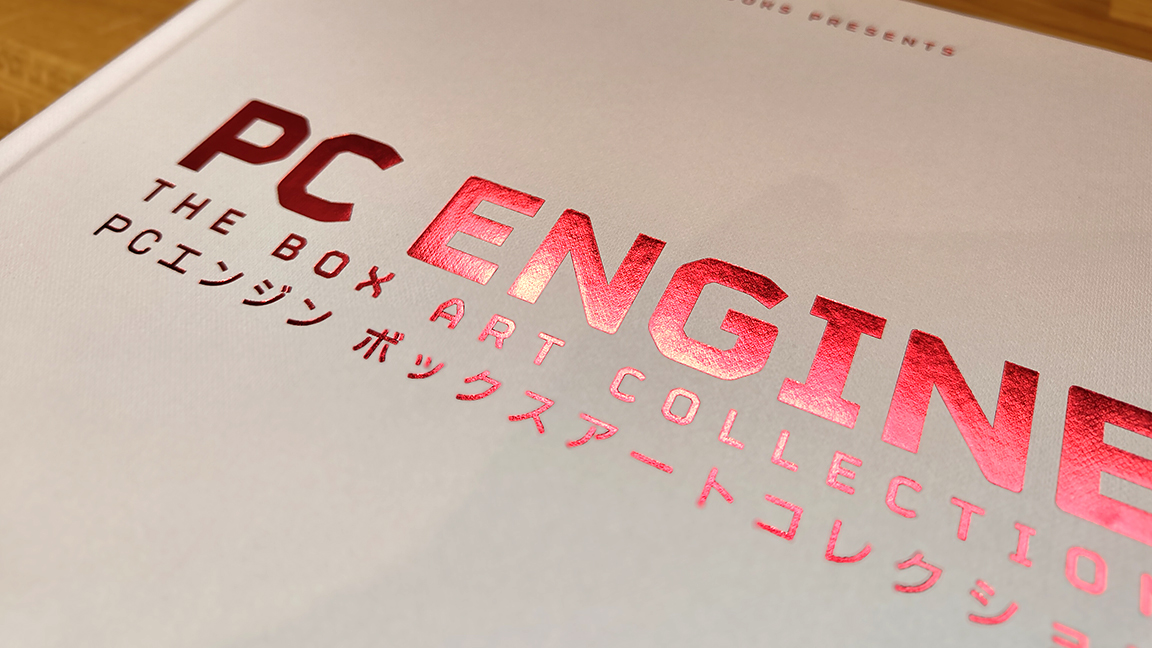
Were there concerns from game artists involved in Art of the Box?
Sam Dyer: There are lots of challenges around artists agreeing to be involved because of remuneration concerns and some were worried about handing over their art because, quite rightly, there are a lot of people out there that abuse images online.
They were really worried about handing out their images for me for a book. So there's a lot of relationships and trust that had to be built, and that took obviously a lot of time, but it was very rewarding.
But from a pure time and stress level, that was probably the most difficult book. Poor Steve had artists emailing and calling him and all sorts and trying to get it all right. It was a massive undertaking. Some of those artists weren't known back in the 1980s but are now big names working in films and comics, for example Lee MacLeod, who I actually hadn't heard of before we started the book, but once I started researching him, I was like, 'oh my God, he did Another World on Amiga', this amazing cover that I've seen a million times, but never realised it was him.
Game art and the industry was different in the 1980s?
Sam Dyer: Some of them back in the day didn't think much of video games, it was like some sort of passing fad, so they would just chuck the art away. They give it to the publisher to scan and never asked for it back, or they'd sell it 15 years later for £500 or something.
Now they're really frustrated, and one guy lost his art in a flood, and some really heartbreaking stories. Yeah, it was pre-digital, so it's all airbrushed and physical; the first guy we interviewed, called Steve Hendricks, all his work was hand-painting and airbrushed. The book also covers some digital artists as well using Photoshop and ZBrush. So it shows a real evolution of how the game art's produced.
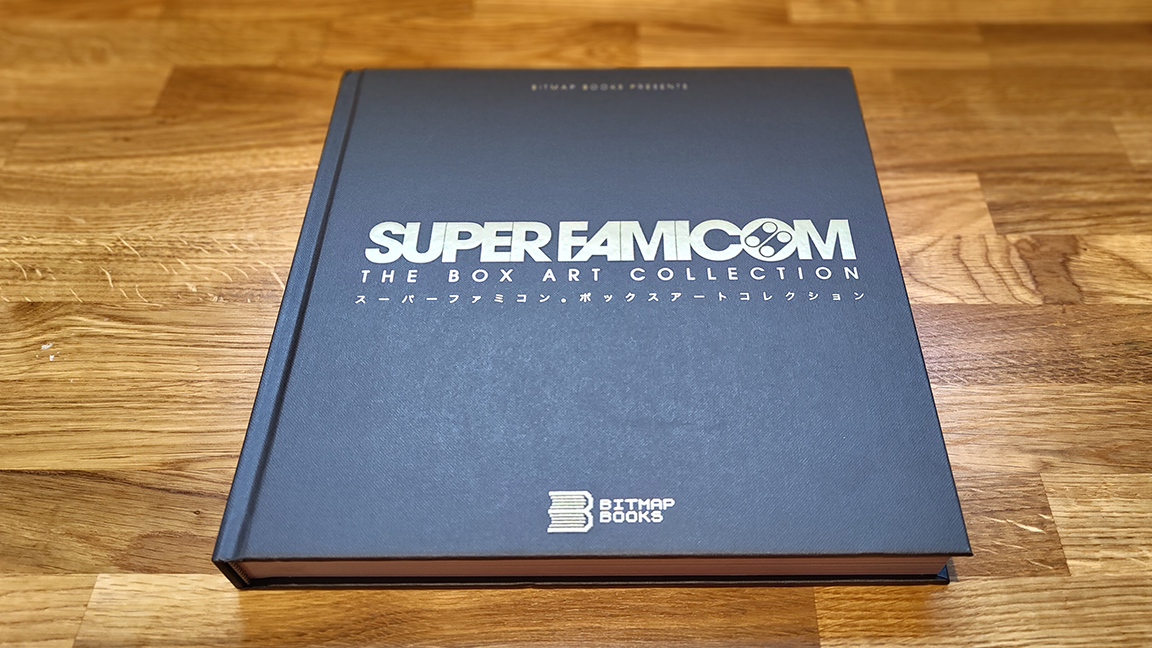
Do you have a favourite game box illustrator?
Dam Dyer: I think, probably, a guy called Dermot Power just because out of all the artists in there, I look at his work and I just think, 'I can't believe I've interviewed this guy', because for years I had his games, well not his games, but his game boxes, his art on the game boxes, like Golden Axe on the Commodore 64 and Lure of the Tempus on the Amiga.
It's just a bit surreal, the fact that we've actually interviewed this guy. He's not a super, super famous artist, but I think he's amazingly talented. He's probably probably my favourite at all of them.
Get the Creative Bloq Newsletter
Daily design news, reviews, how-tos and more, as picked by the editors.

Thank you for reading 5 articles this month* Join now for unlimited access
Enjoy your first month for just £1 / $1 / €1
*Read 5 free articles per month without a subscription

Join now for unlimited access
Try first month for just £1 / $1 / €1

Ian Dean is Editor, Digital Arts & 3D at Creative Bloq, and the former editor of many leading magazines. These titles included ImagineFX, 3D World and video game titles Play and Official PlayStation Magazine. Ian launched Xbox magazine X360 and edited PlayStation World. For Creative Bloq, Ian combines his experiences to bring the latest news on digital art, VFX and video games and tech, and in his spare time he doodles in Procreate, ArtRage, and Rebelle while finding time to play Xbox and PS5.
